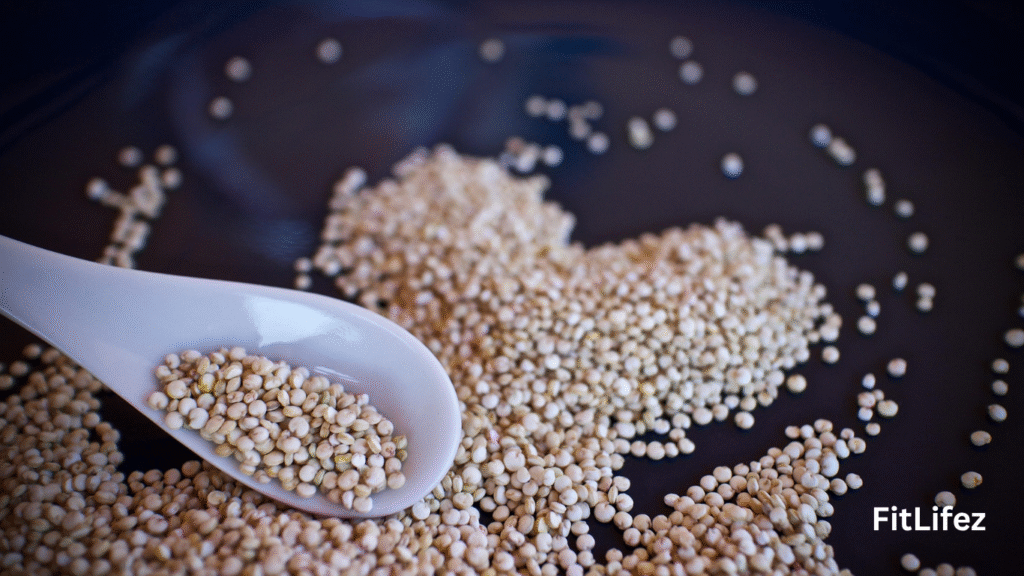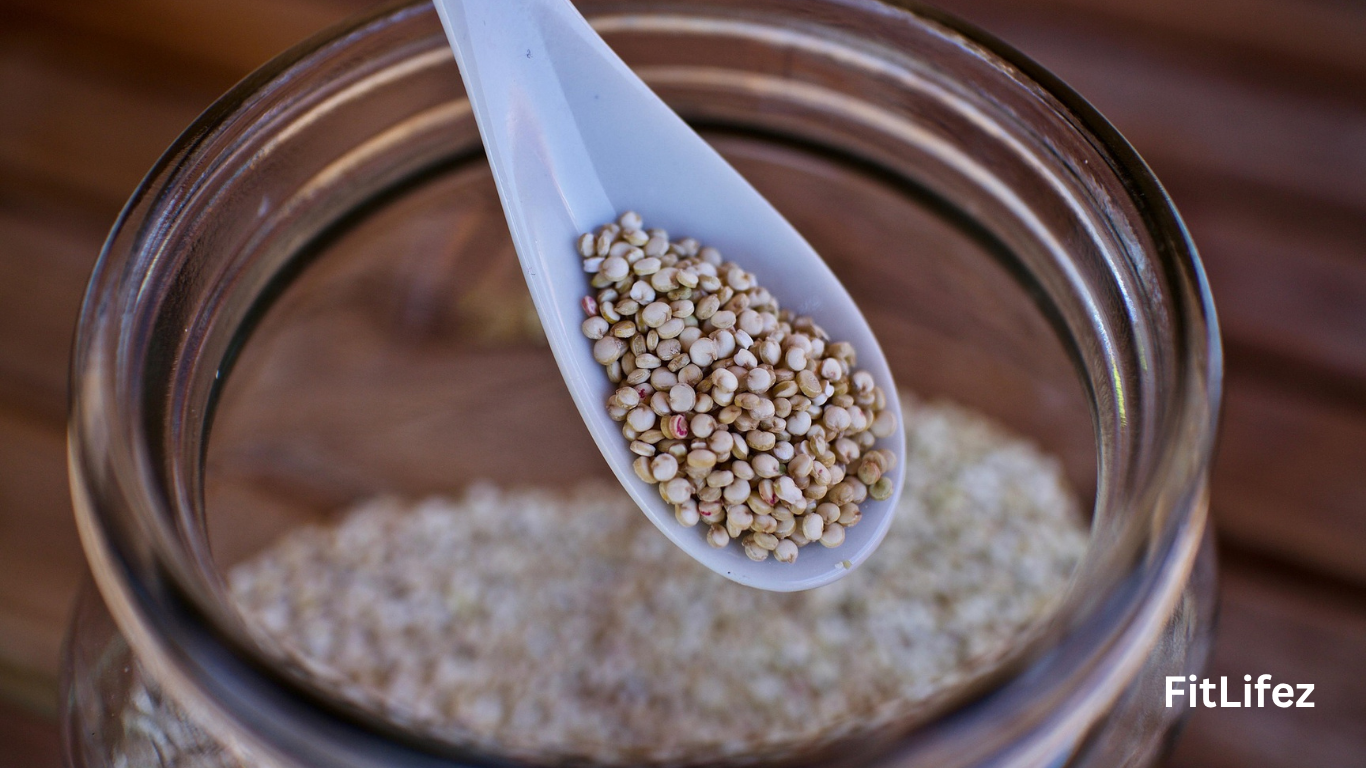Introduction
Hello, my name is Muhammad Shakeel, and with five years of experience in article writing, I am thrilled to welcome you to this comprehensive exploration of Ethiopian cereal grass and its emergence as a superfood. On my website, [FitLifez], we delve into all things health-related, and today, I invite you to discover the remarkable benefits of this staple from the Horn of Africa.
The Origins of Ethiopian Cereal Grass
Ethiopian cereal grass, primarily known as teff, has been cultivated in Ethiopia for thousands of years. It is a vital part of Ethiopian cuisine, forming the basis of traditional dishes like injera, a fermented flatbread that is a staple in Ethiopian households. The cultivation of teff dates back to between 4,000 and 1,000 BC, making it one of the earliest domesticated plants. Its historical roots run deep, and its nutritional profile is just as rich.
What is Teff?
Teff is a tiny, gluten-free grain that comes in a variety of colors, from ivory to deep brown. Despite its size, teff is a nutritional powerhouse, packed with essential nutrients, including high levels of protein, dietary fiber, and a range of vitamins and minerals. Its versatility and health benefits have earned it the label of a superfood, a term that describes foods rich in compounds considered beneficial to health and well-being.
Nutritional Profile of Teff
Teff stands out for its impressive nutritional content. Here’s a breakdown of what makes teff a superfood:
High in Protein
Teff is an excellent source of protein, containing essential amino acids that the body needs for growth and repair. Unlike many other grains, teff contains lysine, an amino acid crucial for tissue growth and repair, making it a complete protein source.
Rich in Fiber
Fiber is essential for a healthy digestive system, and teff is rich in both soluble and insoluble fiber. This high fiber content helps in maintaining a healthy gut, regulating blood sugar levels, and reducing the risk of heart disease.
Packed with Vitamins and Minerals

Teff is abundant in essential vitamins and minerals, including:
Calcium: Essential for healthy bones and teeth, teff provides more calcium than most grains.
Iron: Teff is a rich source of iron, vital for the production of hemoglobin and preventing anemia.
Magnesium: Important for muscle and nerve function, blood sugar control, and blood pressure regulation.
Phosphorus: Plays a crucial role in the formation of bones and teeth and is vital for energy production.
Vitamin C: Unusual for grains, teff contains vitamin C, which aids in iron absorption and boosts the immune system.
Low Glycemic Index
Teff has a low glycemic index, meaning it releases glucose slowly into the bloodstream. This slow release helps maintain steady blood sugar levels, making it a suitable grain for people with diabetes or those looking to manage their weight.
Health Benefits of Teff
The nutritional composition of teff translates into a myriad of health benefits, which include:
Supports Bone Health
The high calcium content in teff makes it an excellent choice for those looking to maintain strong bones and prevent osteoporosis. Just one cup of cooked teff can provide a significant portion of the daily recommended intake for calcium.
Boosts Energy Levels
Rich in iron and complex carbohydrates, teff is an excellent energy booster. Iron is crucial for transporting oxygen in the blood, while complex carbohydrates provide a sustained energy release, making teff an ideal choice for athletes and active individuals.
Promotes Digestive Health
The dietary fiber in teff aids in maintaining a healthy digestive system. It promotes regular bowel movements, prevents constipation, and contributes to a balanced gut microbiome.
Supports Weight Management
With its low glycemic index and high fiber content, teff can help with weight management by promoting satiety and reducing hunger pangs. It helps create a feeling of fullness, which can prevent overeating.
Enhances Immune Function
Teff’s nutrient density, including its vitamin C content, supports a healthy immune system. Vitamin C, along with other antioxidants found in teff, helps fight oxidative stress and inflammation in the body.
Culinary Uses of Teff
Teff’s versatility extends beyond its nutritional benefits to its culinary applications. It can be used in various forms, including:
Teff Flour
Teff flour is a popular gluten-free alternative to wheat flour. It can be used in baking, adding a mild, nutty flavor to bread, pancakes, muffins, and cookies. Its fine texture makes it an excellent choice for creating smooth batters and doughs.
Whole Teff Grain
Whole teff grains can be cooked and used in place of rice or quinoa. It makes for a delicious porridge or pilaf and can be added to soups and stews for added texture and nutrition.
Injera
Injera is a traditional Ethiopian flatbread made from fermented teff flour. It has a slightly sour taste and a spongy texture, perfect for scooping up stews and curries. Making injera involves a fermentation process that enhances the nutritional profile of teff and adds probiotics beneficial for gut health.
The Global Rise of Teff
In recent years, teff has gained popularity beyond Ethiopia, becoming a sought-after superfood worldwide. Its gluten-free nature makes it an attractive option for those with celiac disease or gluten sensitivity. Moreover, as people become more conscious of their dietary choices, teff’s impressive nutritional benefits have positioned it as a top choice for health enthusiasts.
Sustainability and Cultivation
Teff is a resilient crop, capable of growing in a range of environmental conditions. It thrives in both drought-prone and water-logged soils, making it a sustainable choice for farmers. Its ability to grow in diverse climates is particularly important given the challenges posed by climate change.
Economic Impact
The global demand for teff has opened up new economic opportunities for Ethiopian farmers. By exporting teff, Ethiopia can boost its economy and improve the livelihoods of its agricultural communities. However, it’s essential to balance this demand with ensuring food security within the country, as teff remains a staple food for millions of Ethiopians.
Incorporating Teff into Your Diet
If you’re looking to add teff to your diet, here are some easy ways to get started:
Breakfast
Start your day with a warm bowl of teff porridge. Cook whole teff grains with water or milk, and sweeten with honey or fruit for a nutritious and filling breakfast.
Baking
Use teff flour as a gluten-free alternative in your baking recipes. Its nutty flavor pairs well with spices like cinnamon and nutmeg, making it perfect for pancakes, muffins, and cookies.
Cooking
Add cooked teff grains to salads, soups, or stews for extra texture and nutrition. Its versatility makes it an excellent addition to a variety of dishes.
Traditional Dishes
Try making injera at home for an authentic Ethiopian experience. Pair it with spicy stews, curries, or lentil dishes for a delicious and nutritious meal.
Conclusion
Teff, the Ethiopian cereal grass and superfood, is a nutritional powerhouse with a rich history and an exciting future. Its impressive nutrient profile, coupled with its versatility and sustainability, makes it an excellent addition to a healthy diet. As we continue to explore and embrace diverse foods from around the world, teff stands out as a shining example of how traditional crops can meet modern nutritional needs.
Whether you’re looking to boost your energy, support your digestive health, or simply try something new, teff offers a wealth of possibilities. For more insights into healthy living and nutritious foods, be sure to visit my website, [FitLifez], where we explore the best ways to nourish your body and mind.

